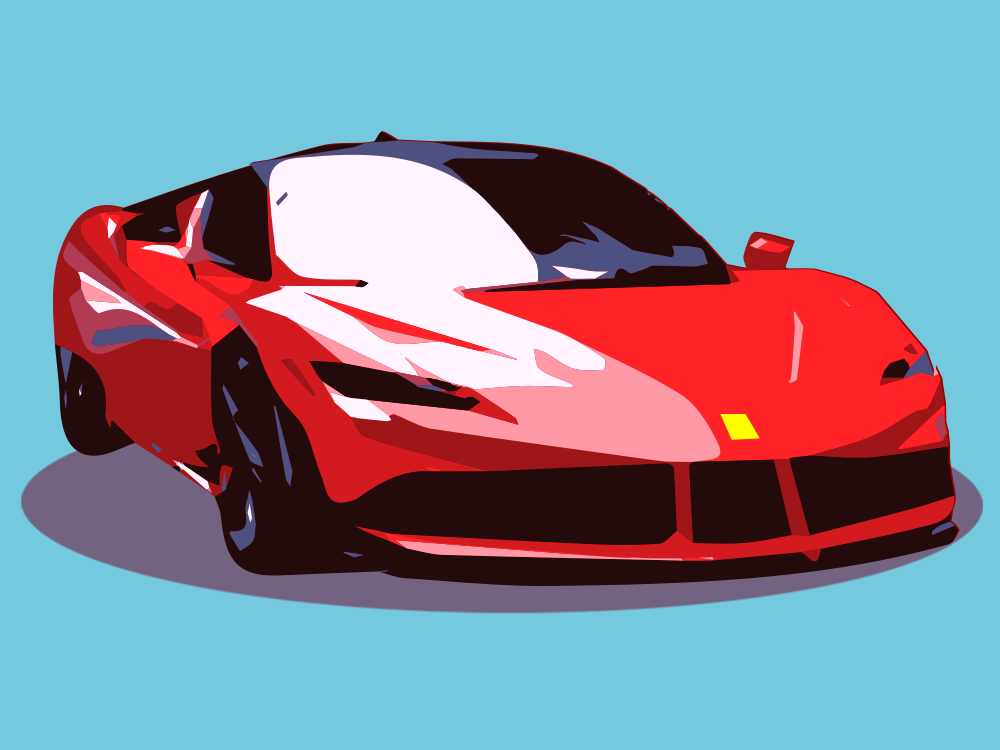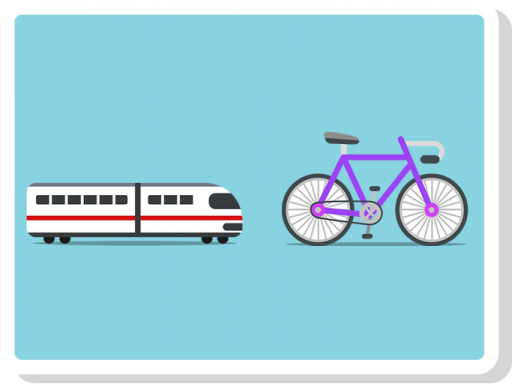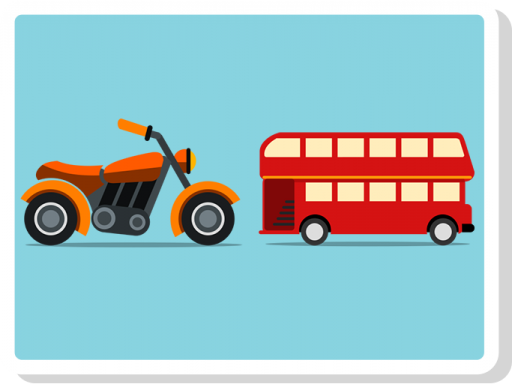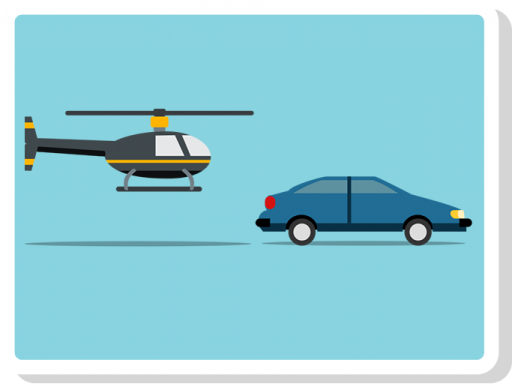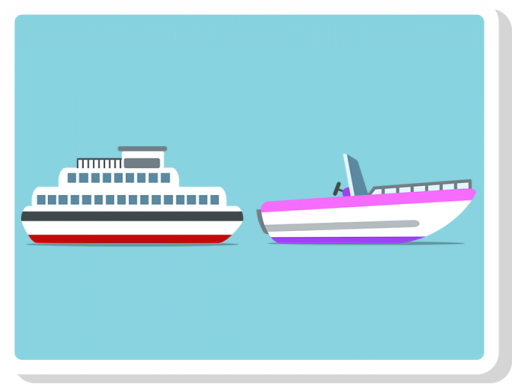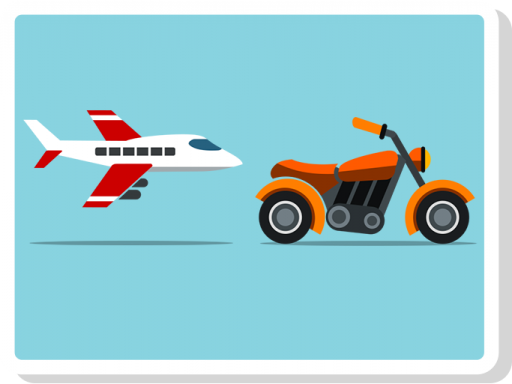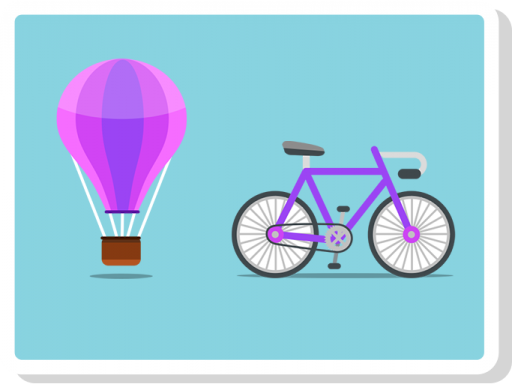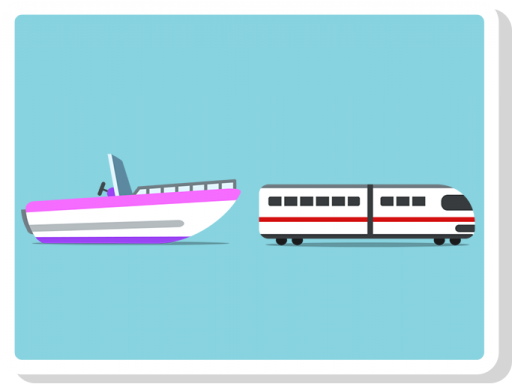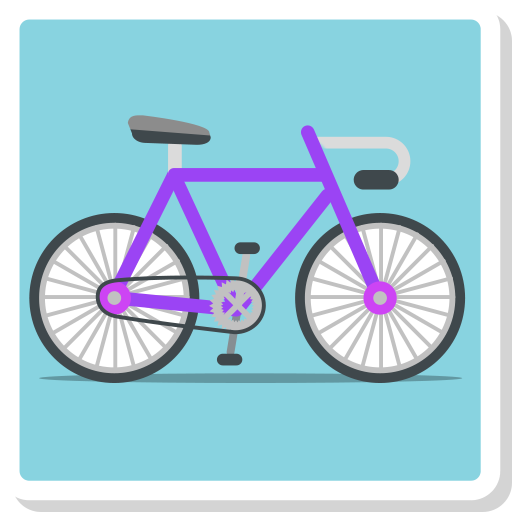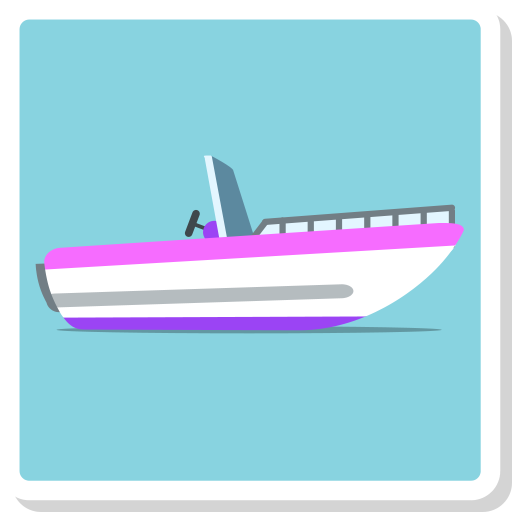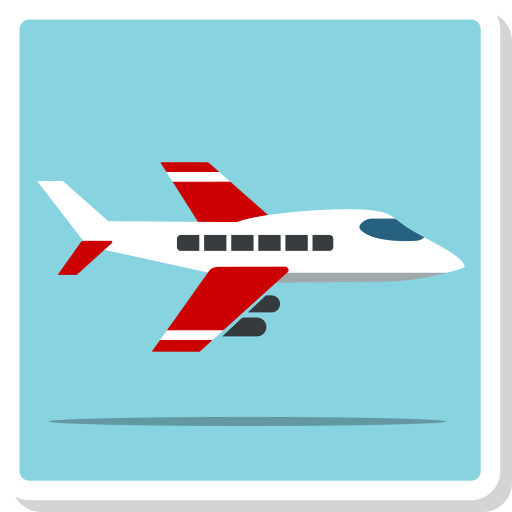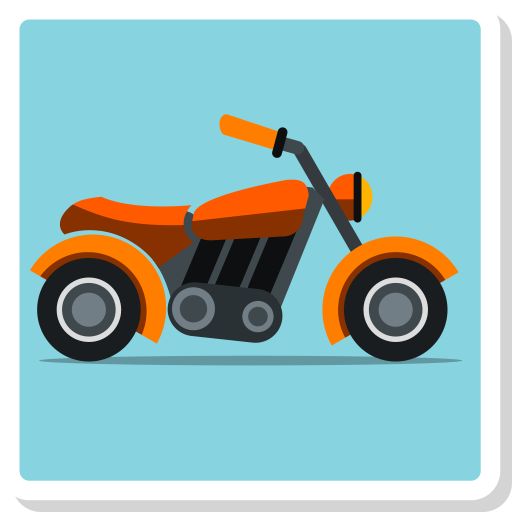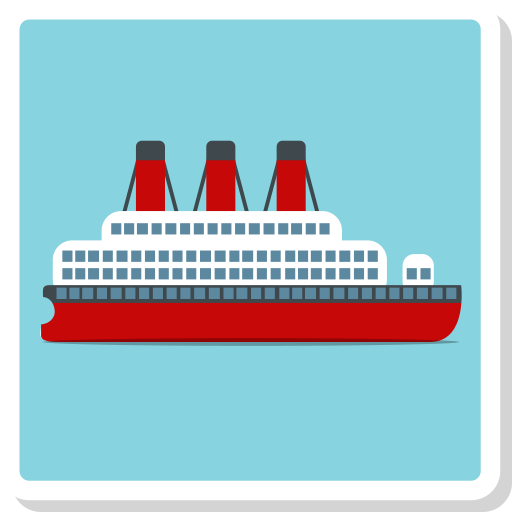How can people travel? Speak.
- Učenik imenuje prijevozna sredstva.
- Učenik uspoređuje različita prijevozna sredstva u govoru primjenjujući pravila za komparaciju pridjeva.
- Učenik pokazuje razumijevanje čitanjem tekstova o putu od kuće do škole.
- Učenik piše o svom putu od kuće do škole.
- Učenik pokazuje razumijevanje slušanjem odabirom točnog odgovora.
1 Your ideas
2 Match
Match the words and pictures.
3 Land, water, air
Where do we use these means of transport? Sort out the words in the table.
LAND
WATER
AIR
4 Read and write
Look at the examples and finish the sentences.
5 Comparatives
Fill in the table with the missing words.
| POSITIVE | COMPARATIVE |
|---|---|
|
small
|
|
|
faster
|
|
|
bigger
|
|
|
thin
|
|
|
heavy
|
|
|
noisier
|
|
|
expensive
|
|
|
more comfortable
|
|
|
good
|
|
|
worse
|
6 Let's talk!
Look at the photos and compare these means of transport.
Say the sentence, then listen and check.
Example: a bus - a car - tall: A bus is taller than a car.
A bus is taller than a car.
a train - a bike - long
A train is longer than a bike.
a motorbike - a double decker - small
A motorbike is smaller than a double decker.
a helicopter - a car - exciting
A helicopter is more exciting than a car.
a train - an airplane - cheap
A train is cheaper than an airplane.
a catamaran - a boat - big
A catamaran is bigger than a boat.
an airplane - a motorbike - safe
An airplane is safer than a motorbike.
a hot air balloon - a bike - interesting
A hot air balloon is more interesting than a bike.
a boat - a train - short
A boat is shorter than a train.
7 Superlative
Look at the pictures and write sentences with superlatives as in the example.
8 Going to school
Read the texts and match them to the pictures.
9 Choose the Answer
Read the questions about children from previous task and choose the correct answer.
How many children always go to school in the morning?
How many children live in Europe?
Who has the longest way to school?
10 Read and decide
Read the sentences and decide whether they are True, False or Doesn't say.
11 Write
Describe your way from home to school.
These questions can help you.
- Where do you live? (a house, an apartment)
- When do you go to school? (in the morning/afternoon, at 7.30...)
- How do you go to school? (on foot, by bus, by bike...)
- Who do you go to school with? (alone, with friends/brother/sister)
- How long does it take you to get to school? (I need 5min, half an hour...)
12 Watch and select
How do children go to school? Watch the video and select the correct answer.
Not every child lives near the school building, so there are many ways children get to school. If you live close enough, you can go to school by bike or even by skateboard. It sounds fun, doesn’t it? I mean, you can always go on foot, but it doesn’t sound fun at all.
If you live a bit further from school, make sure you catch a bus. Some schools even have school buses that drive children to school and back home. Going to school by bus can also be amusing because you spend a lot of time with your friends. In larger cities, children use trams instead of buses. Commuting by tram is quicker if the traffic in a city is too busy. If you live in a very big and busy city, the underground is a cheap and quick way to get from one part of town to the other. You can even listen to buskers in the underground on your way to school.
13 Procjena usvojenosti ishoda jedinice
13.1 Places around town
Say the names of the places to finish the sentences. Click the audio to check.
A place where you can buy medicine is a pharmacy.
A place where you can see old things and learn about history is a museum.
A place where you can buy books is a bookshop.
A place where you can borrow books is a library.
13.2 Memory
Pair up the pictures and the directions.
13.3 Read and compare
Read the descriptions and compare the cars.
Porsche
Origin: 1998
Speed: 320 km/h
Weight: 900 kg
Price: 150,000 £
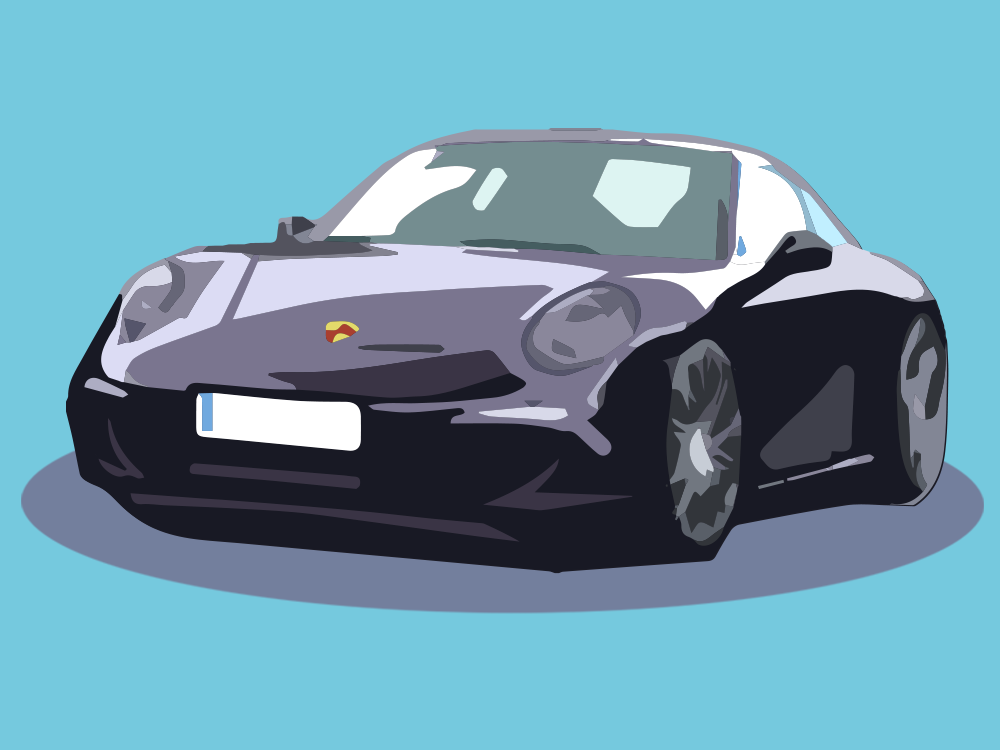
Golf
Origin: 2017
Speed: 260 km/h
Weight: 750 kg
Price: 60,000 £
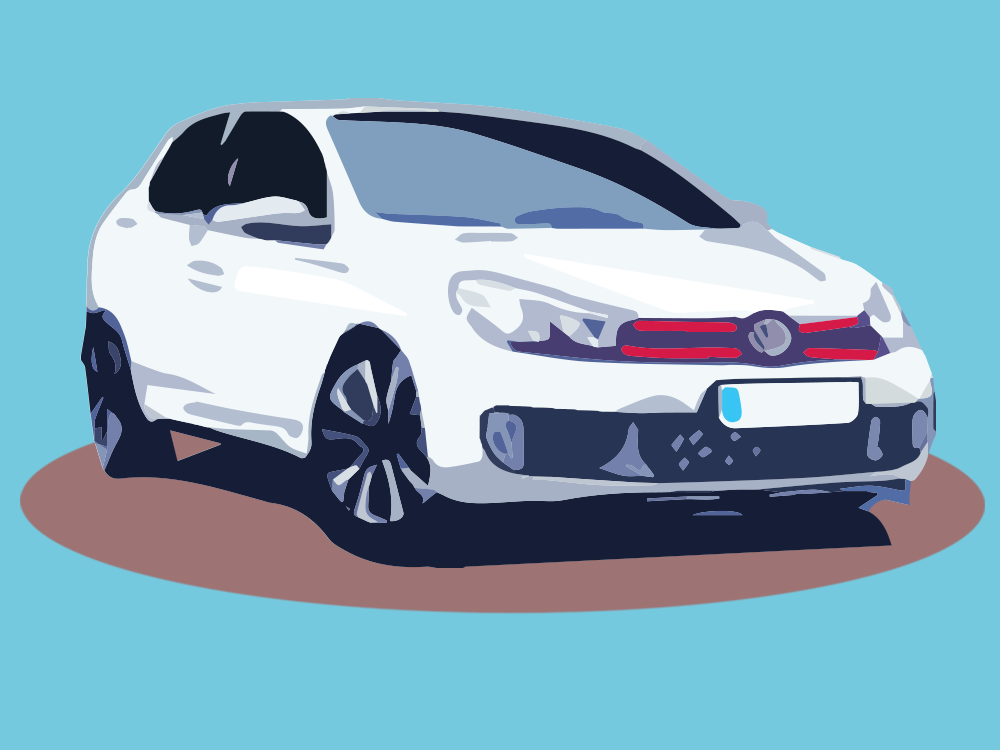
Ferrari
Origin: 2012
Speed: 300 km/h
Weight: 1100 kg
Price: 230,000 £
